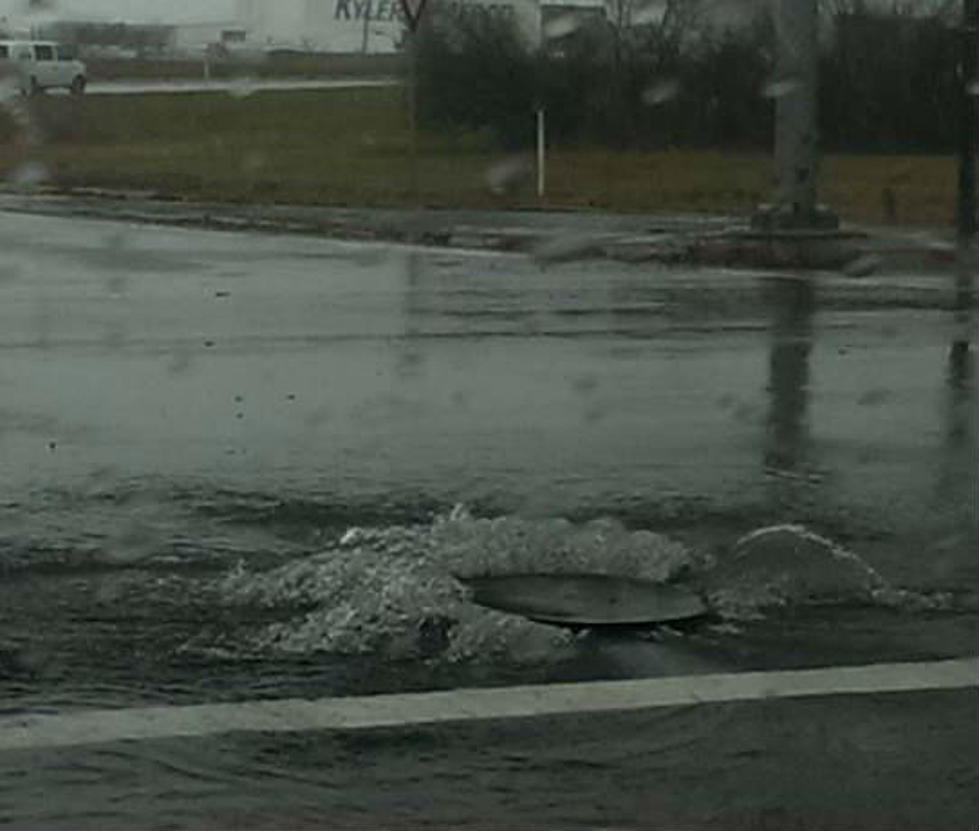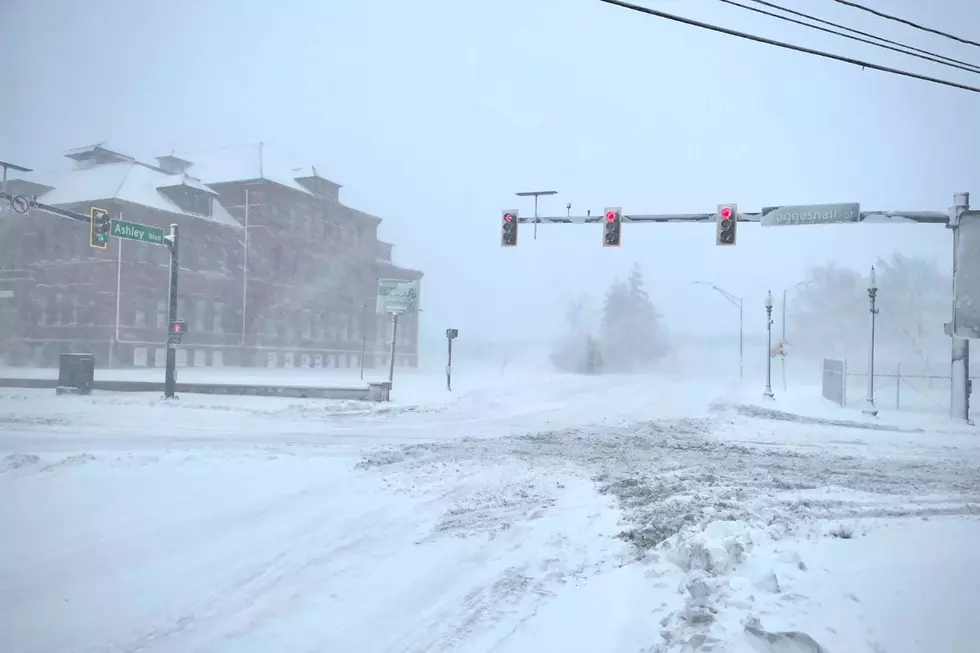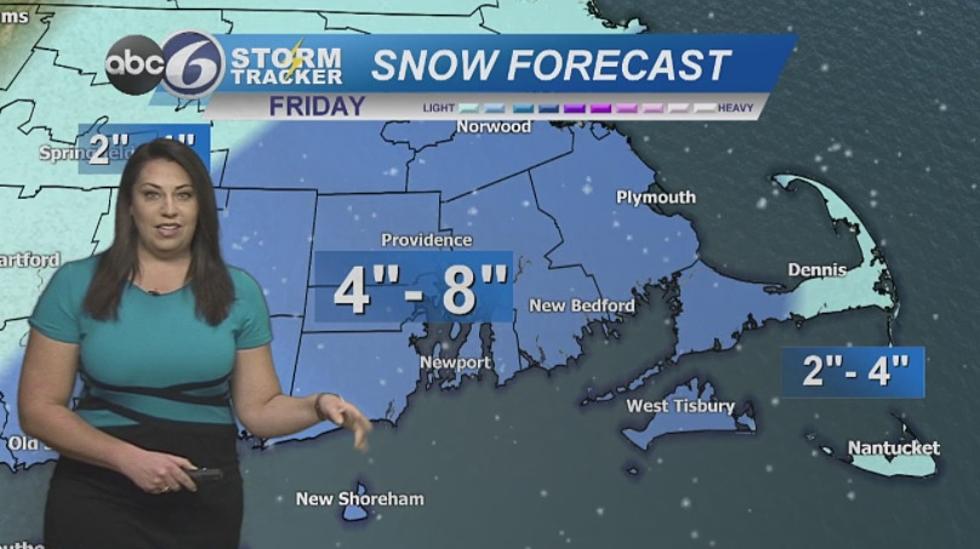
Do Severe Storm Emergency Alerts Mean SouthCoast Weather Is Getting Worse?
Soon, severe weather information will be sent right to your phone courtesy of the National Weather Service, but is this a service we really need?
Personally, I feel like people get news about the weather everywhere already. There are apps right in the palm of your hand, not to mention everyone talking about severe weather on social media. The Fun 107 app sends out the forecast each morning at exactly 7 a.m. so you know what to expect from your day. So are these alerts really necessary?
Since I know my opinion means nothing when it comes to weather, I got the real story on SouthCoast weather alerts from ABC6 StormTracker Chief Meteorologist Jeff Desnoyers.

The importance of severe weather alerts from the National Weather Service (NWS)
Like me, Desnoyers feels the phone alert system may be a bit of overkill, but adds it is always better to be safe than sorry. He also notes that many of people who post about severe weather are not actually meteorologists and may just be trying to scare up hits on their website when they call a storm "severe."
How often should we expect to get these alerts on the SouthCoast?
"Not often," Desnoyers said. The criteria the NWS has for sending out these alerts is a level that not too many thunderstorms on the SouthCoast hit. That being said, Desnoyers also pointed out that quite often, a warning is issued for a thunderstorm that never actually pans out, so more alerts than you want or need are to be expected.
Do NWS alerts mean weather is getting worse?
Desnoyers was very firm in his "no" on this question. To him, storms are not actually getting worse – people are just becoming more aware of them. Not to mention, the ability to capture more of their devastation on video and share it out to the masses making many storms seem worse than they used to be.
Should the SouthCoast expect more alerts in the winter or summer?
It turns out there are not going to be NWS alerts in the winter. This new alert system is currently just for thunderstorms. Large amounts of snowfall or incredibly low temperatures are not part of the alert plan at the present moment, so 100 percent more alerts are coming in the summer, though if we get some of that super cool thundersnow...
SouthCoast Weather May Not Be So Bad, But These Weather Disasters Really Added Up
More From WFHN-FM/FUN 107









